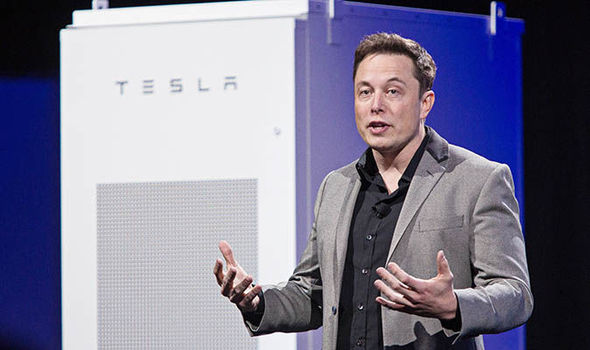Read The Full Article On: Investmentweek
Car revolution stretches beyond Elon Musk
Thanks to its larger-than-life founder and the near 400% rise in its stock price in the past year or so, Tesla has become the poster child for the transition to zero-emission transport.
But the green car revolution is not just about Elon Musk, whatever the headlines might have investors believe.
It is as much about the vast array of technologies without which electrification would be impossible.
Lighter, longer-lasting batteries, ultra-rapid chargers and a new breed of semiconductors will have as big an impact as the maker of the world’s most famous automobile. And, just as importantly, they are equally investible.
After a few false starts, electrification is gaining momentum. According to the International Energy Agency, there were five million electric vehicles (EVs) on the world’s roads in 2018, up two million from the previous year.
By 2030, China and Europe will be selling as many as 18 million EVs annually, more than gasoline and diesel cars combined.
At first glance, those figures might look optimistic. But there are two strong forces at play – sustainability and rapid technological development. The environmental argument is a powerful one.
Replacing five million petrol cars with electric vehicles equates to 36 million fewer tonnes of CO2-related emissions being pumped into the atmosphere.
And reducing air pollution, which kills more than seven million people every year, has gained a new sense of urgency as the world recovers from the coronavirus outbreak.
Indeed, there are signs that China is prioritising the EV industry to receive post-coronavirus economic stimulus. Beijing has already committed to increase the share of EVs on Chinese roads to a quarter in the next five years from just 5% in 2019.
But EVs’ attractions do not just come in the form of a smaller environmental footprint: Teslas and their ilk are becoming cheaper and more efficient, too.
In less than five years, most EVs will probably be more affordable than comparable conventional cars as production scales up and innovative technologies become cheaper.
Thanks to impressive efficiency improvements in lithium-ion battery technology, battery costs have fallen 90% over the past decade, and are forecast to drop by a further 50% or so between now and 2024.
What impact will the coronavirus have on ESG investing?
For example, the cost of standard NMC622 type batteries is now EUR112/kilowatt hour (kWh).
This would make the economics of driving an EV doubly attractive as the cost of running an electric car is a fraction of what is spent maintaining a petrol-guzzler.
At the same time, manufacturers have been steadily increasing the nickel content in battery cells to boost capacity, reduce weight, and lengthen EVs’ driving range. This has the added bonus of cutting a battery’s cobalt content.
Cobalt is an expensive and controversial raw material. More than half of the world’s supply comes from Congo, a conflict-prone country plagued by corruption.
The next generation NMC811 – which will contain 50% less cobalt than its predecessor and is expected to push EVs’ driving range way beyond the current 500km – should achieve EUR69/kWh in the next few years.
Next on the production line will be so-called solid-state batteries, which contain no cobalt at all.
While such batteries may take a few years to be produced in volume, they represent the sort of technological advance that underpins the future of EVs.
Semis: Tiny heavy lifters
Battery chargers are also becoming faster, helping drivers get back on the road quickly after plugging in.
Some of the new superchargers run at 250kW – almost double the rate of Tesla’s first generation models, which ran at just 120 to 150kW. These could give drivers up to 120km of range for every five minutes of charge.
A new charging network across Europe, based on an 800V architecture, could further boost charging power to a hefty 350kW.
For that to become a reality, though, some technological hurdles need to be negotiated first.
To begin with, there is the problem of power conversion. Ultra-fast chargers require a big power feed – one that is large enough to meet the needs of about 60 average-size homes.
Because they run on the direct current (DC) system, fast chargers first need to convert the alternating current (AC) delivered by the grid to DC.
Then there’s the car itself. For EVs to be able to use ultra-fast chargers, they need sophisticated power electronics and semiconductors.
Overhauling those systems is a major undertaking – an electric car uses up to 15 times more power semiconductors than a petrol one. That’s where a new breed of high-powered silicon chips can help.
Called “power semiconductors”, these integrated circuits are the work horses of power electronics: they convert power between different AC and DC voltages and at different frequencies and help maintain the stable flow of electricity.
Just as importantly, power semis are critical in minimising power loss and reducing energy consumption – currently as much as 70% of electricity is lost between its generation at a power plant and the end device because of constant modifications in the electric signal.

